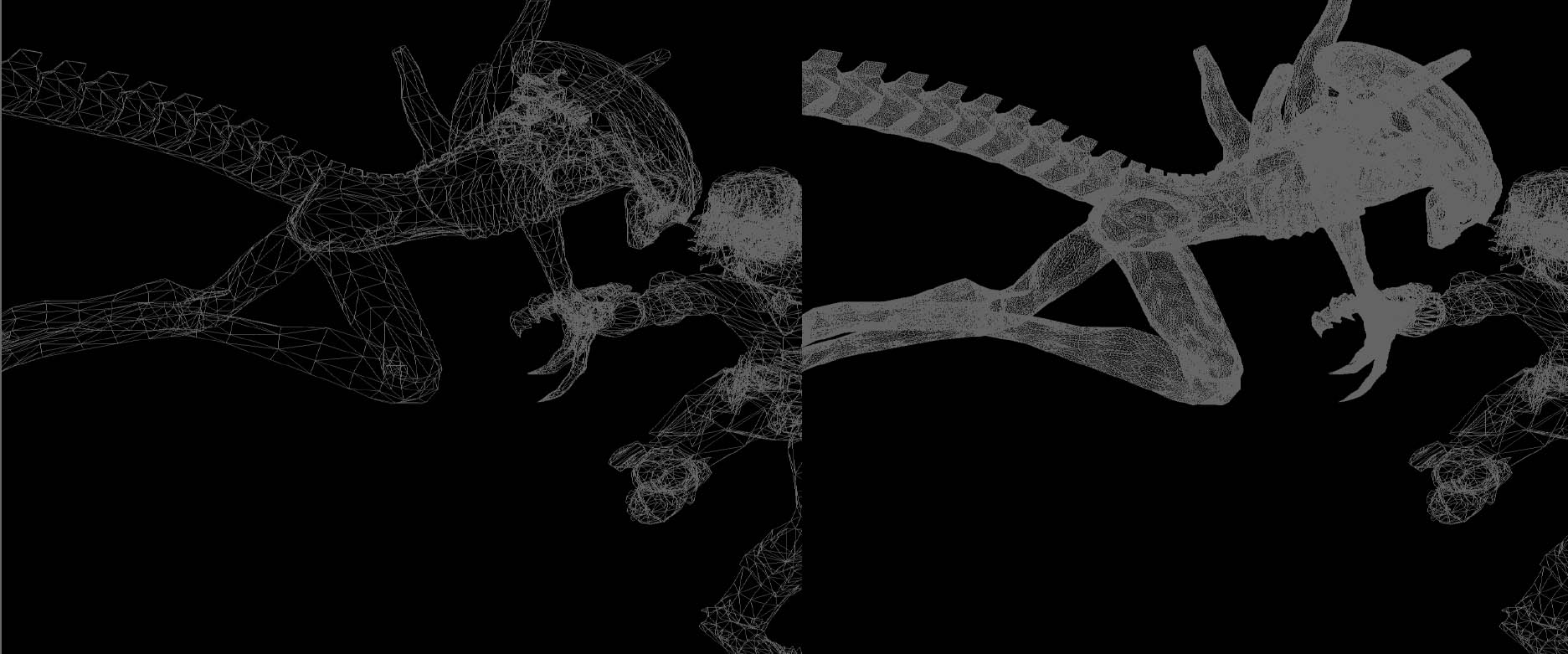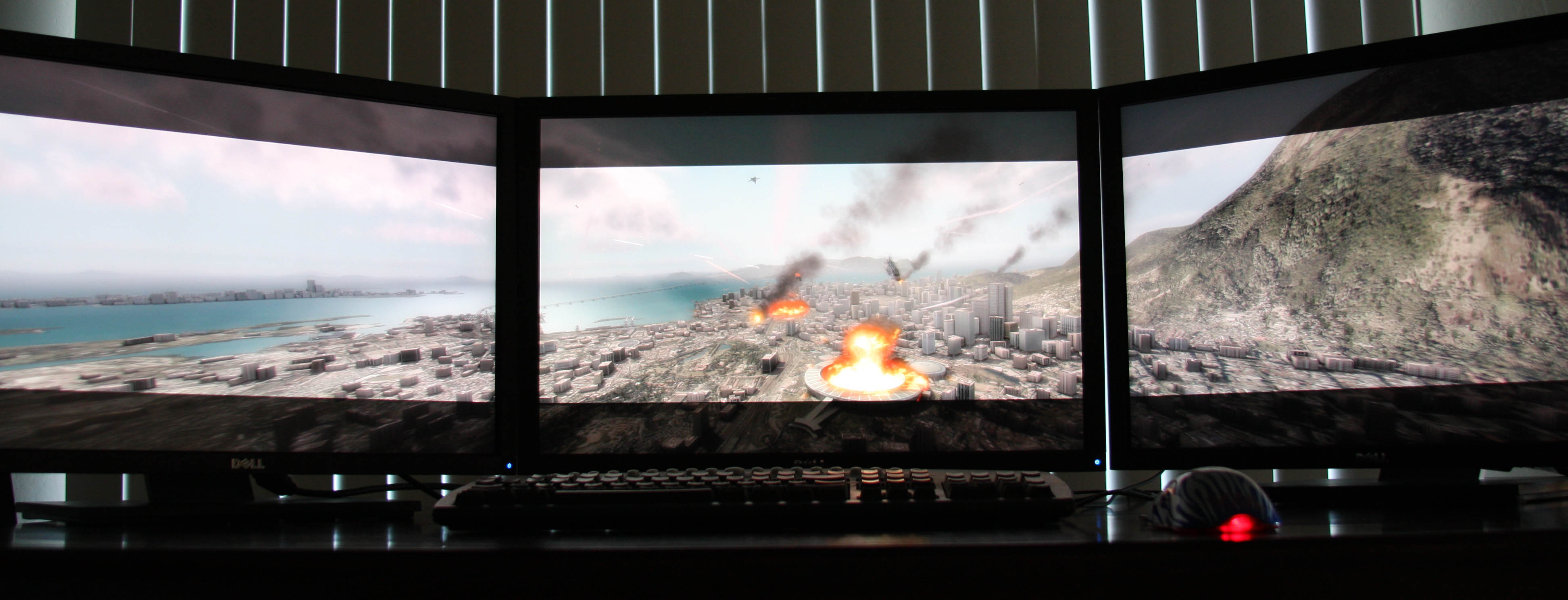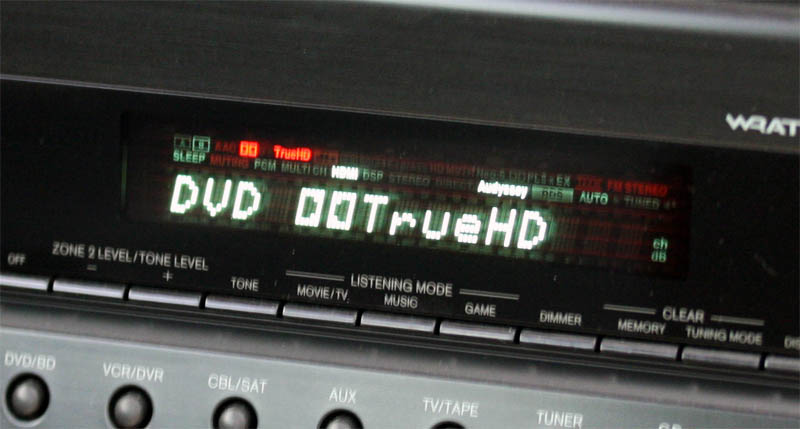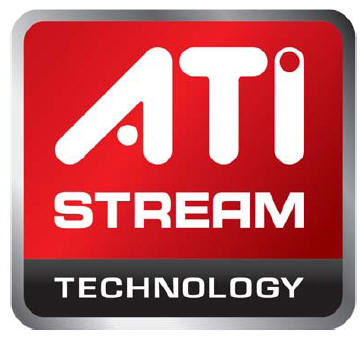ATI Radeon HD 5670: DirectX 11 For $99
Radeon HD 5670 Features
DirectX 11
There's not too much to say critically about DirectX 11: it's the inevitable future of PC gaming. ATI knows it, and Nvidia knows it. Both companies like it due to some of the ways it makes programmability more accessible. The difference is that ATI supports it, while Nvidia is still working to get there.
The question is, how important is the API right now, and can the Radeon HD 5670 actually handle advanced DX11 capabilities while maintaining playable performance? The relevance of DirectX 11 at this moment in time is debatable, since so few games support it right now. The ones that do offer relatively little in the way of DirectX 11-related enhancement, as seen in our performance-based evaluation of DiRT 2. We're still waiting for the DirectX 11 "killer app" that will make a card with support for the API a must-have for gamers.
From what we've seen, Rebellion's upcoming Aliens Vs. Predator might fit the bill. Then again, it might not. It's still too early to tell.
Eyefinity
How about Eyefinity? This feature offers tangible benefits to multi-monitor users right out of the gate. While the GPU powering ATI's Radeon HD 5670 is technically capable of handling four displays, the company let us know that its launch cards will be limited to three due to the real estate issues of fitting the outputs on a single-slot I/O bracket. Manufacturers have the option of offering a 5670 able to exploit four displays at once, though we have to imagine such functionality would typically be reserved for the high-end.
The biggest potential drawback here ironically applies to gamers. Is the Radeon HD 5670 powerful enough to handle the ludicrous resolutions that Eyefinity requires? Probably not, considering aggressive Eyefinity resolutions can bring even the Radeon HD 5870 to a crawl. But AMD suggests that 4800x900 (three monitors running 1600x900 each) is a playable arrangement on this new board. Unfortunately, we don't have a DisplayPort adapter to test a third monitor in our Canadian lab, but we did run tests at 4800x900 to demonstrate the performance at that resolution using two monitors.
Get Tom's Hardware's best news and in-depth reviews, straight to your inbox.
Dolby TrueHD and DTS-HD Master Audio
What about bitstreaming Dolby TrueHD and DTS-HD Master Audio over a protected audio path? Good to go there. The Radeon HD 5670 surely makes an attractive option for HTPC enthusiasts, with very low power requirements and the ultimate Blu-ray audio quality available. Not to mention the Radeon's ability to accelerate, in hardware, Blu-ray video playback. Perhaps it'd even be able to handle 1080p gaming. Once again, we'll answer that in the benchmarks.
ATI Stream and DirectCompute
Finally, we have the ATI Stream and DirectCompute features to consider. Yes, the Radeon HD 5670 can accelerate Flash 10.1 video to minimize CPU usage and improve playback quality, it can offer accelerated video transcoding with Cyberlink's Espresso and PowerDirector 8, and it can enhance upscaled standard definition video to 'near-HD quality' using ArcSoft's TotalMedia Theatre 3 (Ed.: I'm still on the fence, personally, about the value in that one). Of course, the relevance of these features hinges on whether or not you use these particular software products. Our focus during this launch review has been on gaming performance, as we didn't have enough time to break into a separate discussion of the ATI Stream enhancements. However, we are planning to have a thorough look at ATI Stream (and CUDA) in the future.
Current page: Radeon HD 5670 Features
Prev Page The Radeon HD 5670 Architecture Next Page Radeon HD 5670: The Reference CardDon Woligroski was a former senior hardware editor for Tom's Hardware. He has covered a wide range of PC hardware topics, including CPUs, GPUs, system building, and emerging technologies.
-
amdfangirl 4800x900? Are you serious?Reply
Otherwise, great review. Just curious, are you going to make Flash 10.1 playback a benchmark? I'm just interested. -
noob2222 If it weren't for the 4770, this would be priced decently, at the same price it kills the 240. If they were to lower the price to $80 for the 5670, the 240 would get the dumb buy of the year award. IMO $90 would be about right, $80 is definatly too cheap.Reply
Here it will have to compete against the similarly-performing $80 GeForce 9600 GT
... wrong. it won crysis, was close in far cry2 and Hawx. It was slaughtered in the rest of the games by the 5670.
-
notty22 ..................Radeon HD 5670 Radeon HD 4770Reply
Shader Processors 400 640
Texture Units: 20 32
Color ROPs: 8 16
Those numbers against the 4770 show, a crippled card. Is this to leave something in the cupboard for the next generation ?
Just meh, no reason for this card to exist at all.
-
belial2k I think the points made here about the pricing could be made about the entire 5xxx series. At no point in the entire line is there a GOOD value. Everything can be beaten in price/ performance by previous generation cards or combination of cards...even the 5870 loses badly to two 4890s for less money. The only thing they have going for them is DX11 and eyefinity, which for most gamers are rather questionable "value" adds because of the huge hit DX11 gives framerates and the 3 monitors needed for eyefinity. All these cards need to come down in price before they become smart price/performance buys.Reply -
duckmanx88 notty22Just meh, no reason for this card to exist at all.Reply
low price point, low power consumption, and extremely close to the 9800GT in performance. Plenty of reasons to like this card. especially for a casual Sims or Torchlight gamer.
-
cleeve noob2222It was slaughtered in the rest of the games by the 5670.Reply
"Slaughtered". +1 for hyperbole! -
noob2222 Cleeve"Slaughtered". +1 for hyperbole!What would you call 12-20% faster across the board?Reply
oh, right, "similar" noting like the pot calling the kettle black huh. -
Otus 4850 and 4770 will be out soon and prices for what units are left will probably rise in price. There's probably room for price cuts for 5670 at aReply



